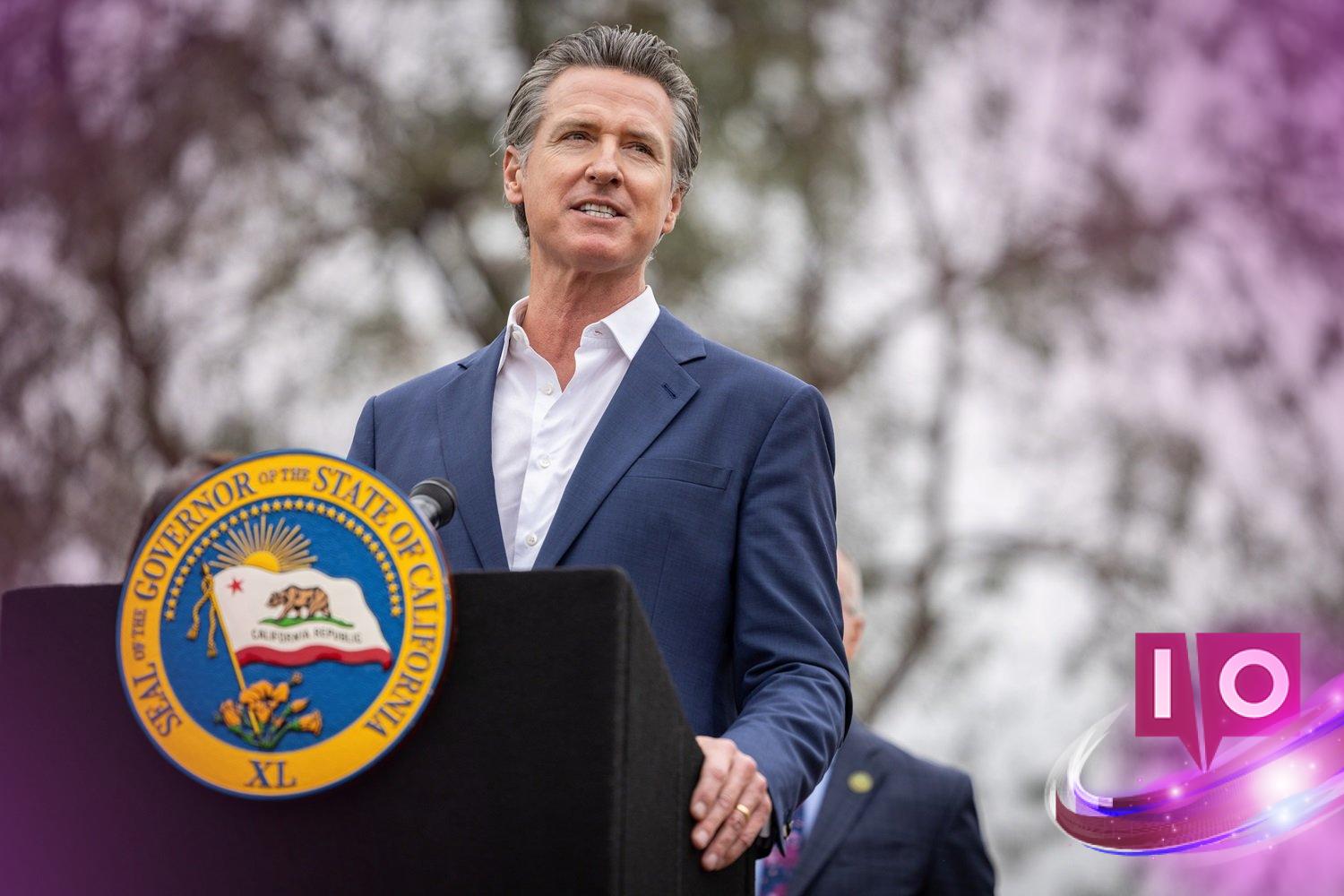In a climate where artificial intelligence is advancing at breakneck speed, the need for regulation has never been more pressing. California Governor Gavin Newsom vetoed a high-profile bill last year that aimed to establish robust safety protocols for AI development. However, with recent legislative changes, he now has a new opportunity to set standards that could shape the future of AI both in California and beyond.
Senate Bill 53 has passed through California’s legislative bodies and is waiting for the governor’s signature. This crucial piece of legislation aims to require AI companies to adhere to improved safety standards. It focuses on “frontier” AI models, which rely heavily on vast datasets and significant computing power. The bill mandates transparency regarding safety incidents involving autonomous systems, outlines security protocols, and offers protections for whistleblowers concerned about unsafe practices in AI development.
What Are the Implications of Senate Bill 53?
Senate Bill 53 impacts major players in the tech industry such as OpenAI, Google, and Anthropic, yet it is a scaled-back version of previous proposals. Unlike last year’s bill, which called for a mandatory “kill switch” for AI models to prevent them from causing harm, this legislation does not include such a measure. Moreover, it eases the requirements for smaller companies, allowing those with less than $500 million in annual revenue to provide only high-level safety details instead of in-depth disclosures. This change was largely influenced by lobbying from the tech sector.
Why Was the Previous AI Bill Vetoed?
The prior attempt to legislate AI safety was immensely popular among the public but stirred controversy within the tech industry, leading to Governor Newsom’s veto. As he navigates the complexities of public opinion and campaign contributions, the dynamics surrounding Senate Bill 53 will be interesting to watch.
How is the Tech Industry Responding?
Interestingly, some tech companies are beginning to show support for the new safety bill. For instance, Anthropic has publicly endorsed it in a move that could signal a shift in the industry’s stance toward regulation. However, large trade associations like the Consumer Technology Association and the Chamber for Progress, which include giants such as Amazon and Meta, remain opposed. OpenAI has also voiced concerns about the regulatory landscape in California, though it has not specified its stance on SB 53.
Can California Lead the Way in AI Regulation?
California’s position as a leader in tech innovation gives it a unique opportunity to set a global standard for AI regulation. However, Governor Newsom’s reluctance to implement stringent regulations reflects the challenge he faces in balancing the needs of the public with the powerful tech sector. The stakes are high, and with many influential companies providing substantial funding for political campaigns, navigating these waters becomes increasingly complex.
What are the safety requirements for AI companies in California? Senate Bill 53 establishes new safety protocols that require transparency in AI development, including disclosures of safety incidents and risk evaluations. This aims to protect users and foster responsible innovation.
How do AI regulations affect innovation? While regulations aim to promote safety and accountability, they can also impose burdens that may stifle entrepreneurial efforts and technological advancements. Finding a balance is crucial.
What role does public opinion play in AI regulation? Public support for regulations often influences political decisions. As awareness and concern about AI’s implications grow, legislative bodies may be pressured to adopt stricter guidelines.
With the landscape of AI rapidly evolving, staying informed about these developments is essential for anyone interested in the technology. As California moves closer to potentially enacting new AI safety regulations, it will be fascinating to see how these changes unfold.
For more insights into technology and digital trends, visit Moyens I/O.
